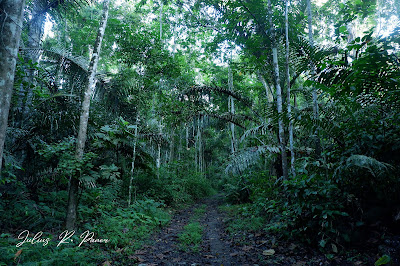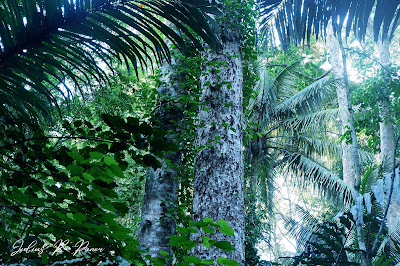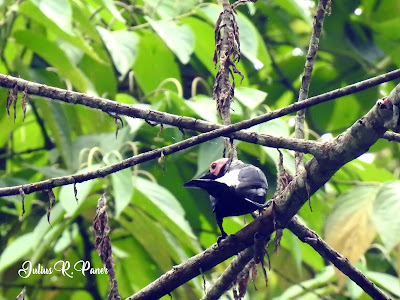Mindanao has always been a home to different cultural minority groups.
The vast forests especially in region XI where several mountain ranges are
located serve as dwelling places to these group of people representing various
identities of the Filipino culture which also become a living exhibit of the
richness of cultural life not only in Mindanao but in the entire Philippine
archipelago.
In my years of working in the mountains of Mindanao I was able to
immerse myself to different tribal subdivisions. My longer engagement is
specific in the foothills of Mt. Apo particularly in Davao del Sur where I
co-celebrated success in undertakings related to tourism like the one in
Sibulan, Tibolo, Loay and Sinoron. Evidently the Bagobo-Tagabawa tribe is
already a brother tribe to me but I also have short stints working with the
B’laans, K’lagan and Tagacaolo; all in Davao region. Truly, the island of
Mindanao is the melting pot of these tribes and that somehow makes me realize
it is disastrous not to be able to learn or at least immerse myself to take
good grasp about how they co-existed with the times.
In year 2019 I was acquainted to the Obo-Manobo tribe in Davao City. My
continuous participation to birding sessions in the slopes of Marilog District
particularly in Karilongan, Buda and Salaysay has accumulated certain interest
with this group. In our quest to search for good highland birds I ended up
looking myself chasing after the Obo-Manobo who constitutes one of the dominant
tribes in Davao City.
Except for some differences in dialect the Obo-Manobos are practically
identical with the Bagobo-Tagabawa in some aspects because of obvious fact that
they share portions of their locations geographically. Presently they have been
dispersed as far as North Cotabato, Davao Provinces and even Bukidnon. Manobo
simply means “people” and they have been referred in different ways like Manuvu
and Minuvu, whichever is appropriate but the one thing definite about the name
is it being derived from the word “Mansuba” which means “river”. Majority of
the Manobos preferred to settle to areas near the rivers with adjacent hills
and valleys in order to do farming, the heart and soul of their survival. While
living in a critical protected areas of the region they have been continuously
considered to become part of the conservation of forest because for a very long
time they have been employing a destructive farming method called “slash and
burn”. In Salaysay for example, there are portions of the forest there being
transformed into farmlands, and these are not ordinary forests but nesting
grounds of endemic birds and the highly endangered Philippine Eagle.
The Obo-Manobo culture, like any other cultural groups, are also in
danger of being totally evaporated. Although there are parts where children
still talk using their dialect but government interventions seem not in
conformity to the aspirations of conserving the heritage. Mother tongue
curriculum uses Visayan instead of the Obo-Manobo dialect and the introduction
of modern stuff made the younger generation oblivious of their own. In this day
and time the challenge has always been on how to safeguard local traditions
while also embracing contemporary patterns of life.
In Salaysay where my Big Year Davao team stayed long enough to wait for
the Philippine Eagle we experienced how friendly the Obo-Manobos are. In an
abode where their economic struggle is obvious we were given 5-star reception.
We were provided native coffee and water, perhaps the most valuable stuff they
could offer to visitors like us. I seated to one of their huts and thought of
having one in my own at least two years from now. In the middle of their domain
I appreciated life all the more, simple life free from hitches and debacle in
the city. This is what I get when birding, the specific evolution of
adaptiveness to the so-called primitivism.
Life is all more complicated in the lowlands now. Without any doubt what
causes this complication is our failure to appreciate and understand history
and culture. We all started bare then and we all looked blind-folded to
fast-forward the life that we have unmindful that the best part of life cannot be
enjoyed in the fast lane. It might be unfitting but I would rather settle to
stay sluggish but happy than be in unison with the rest of the present world.




































































